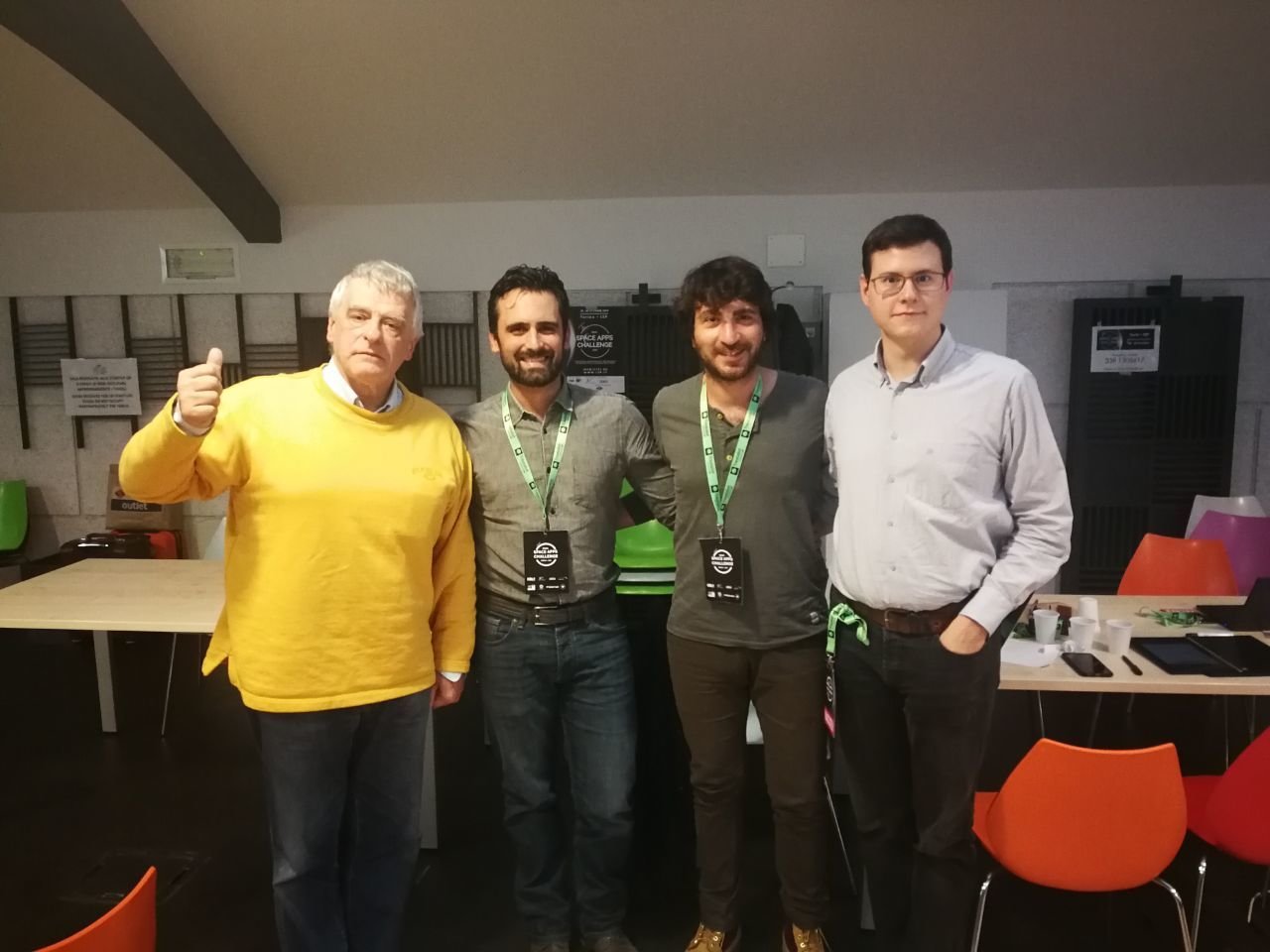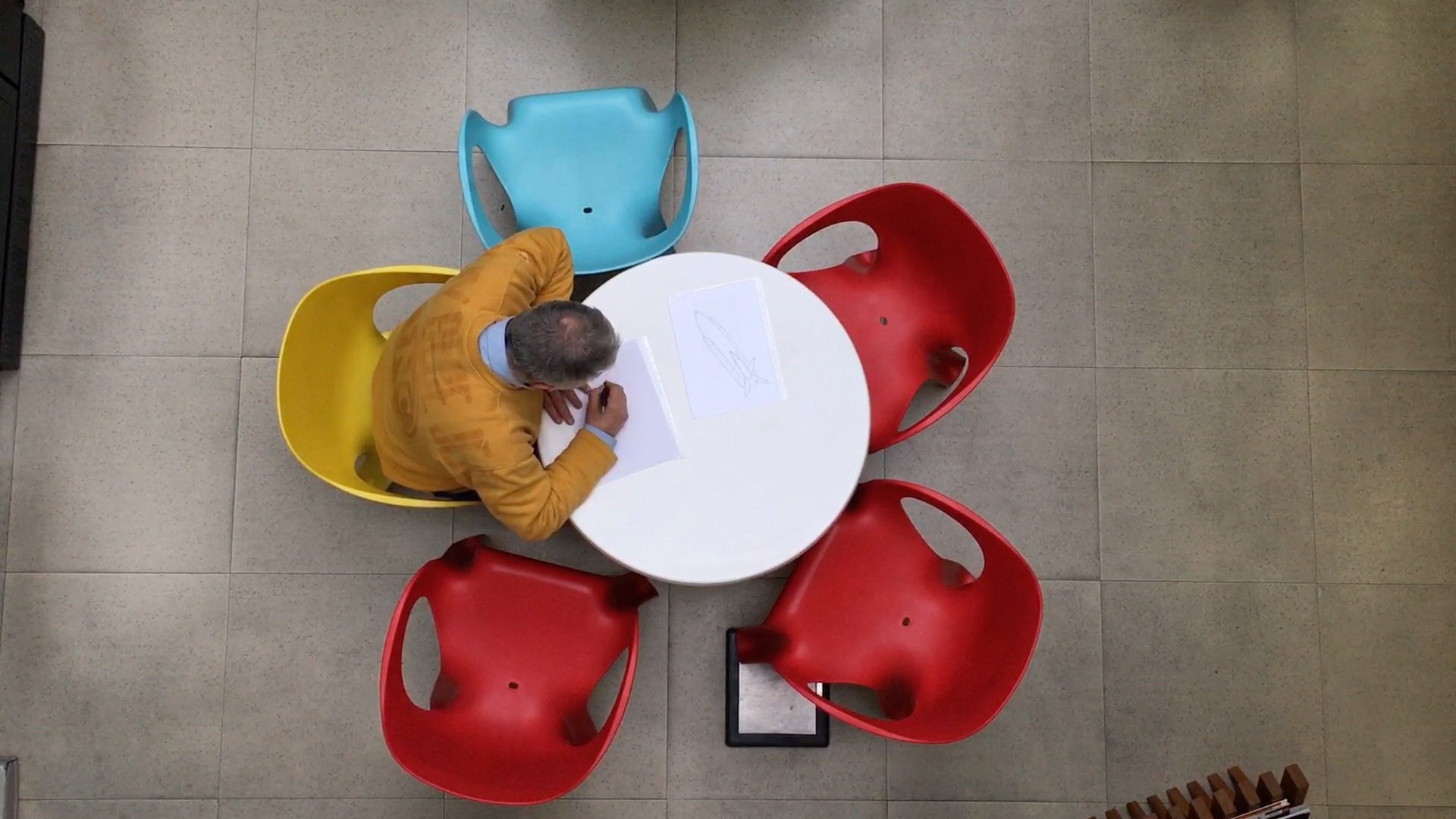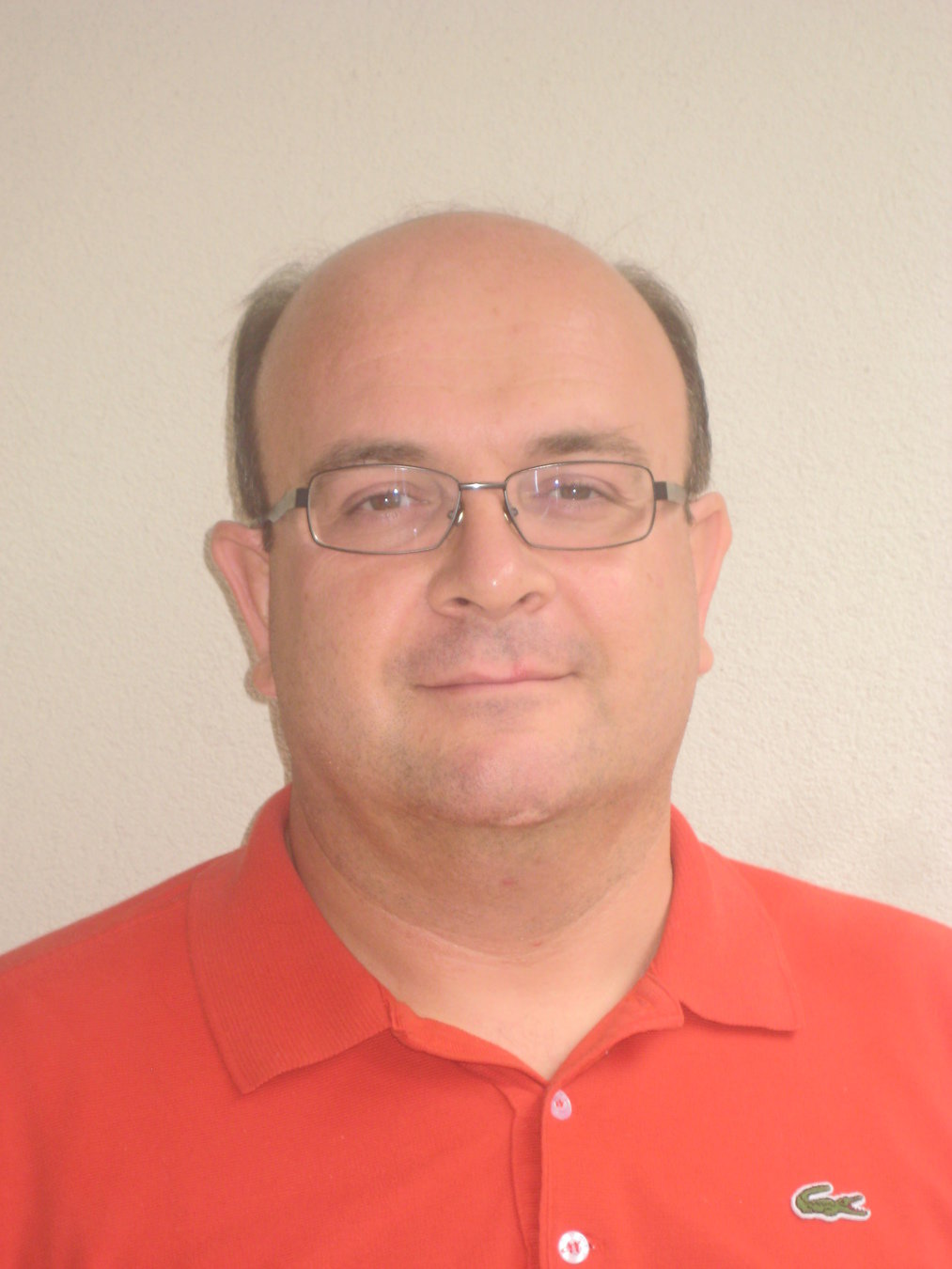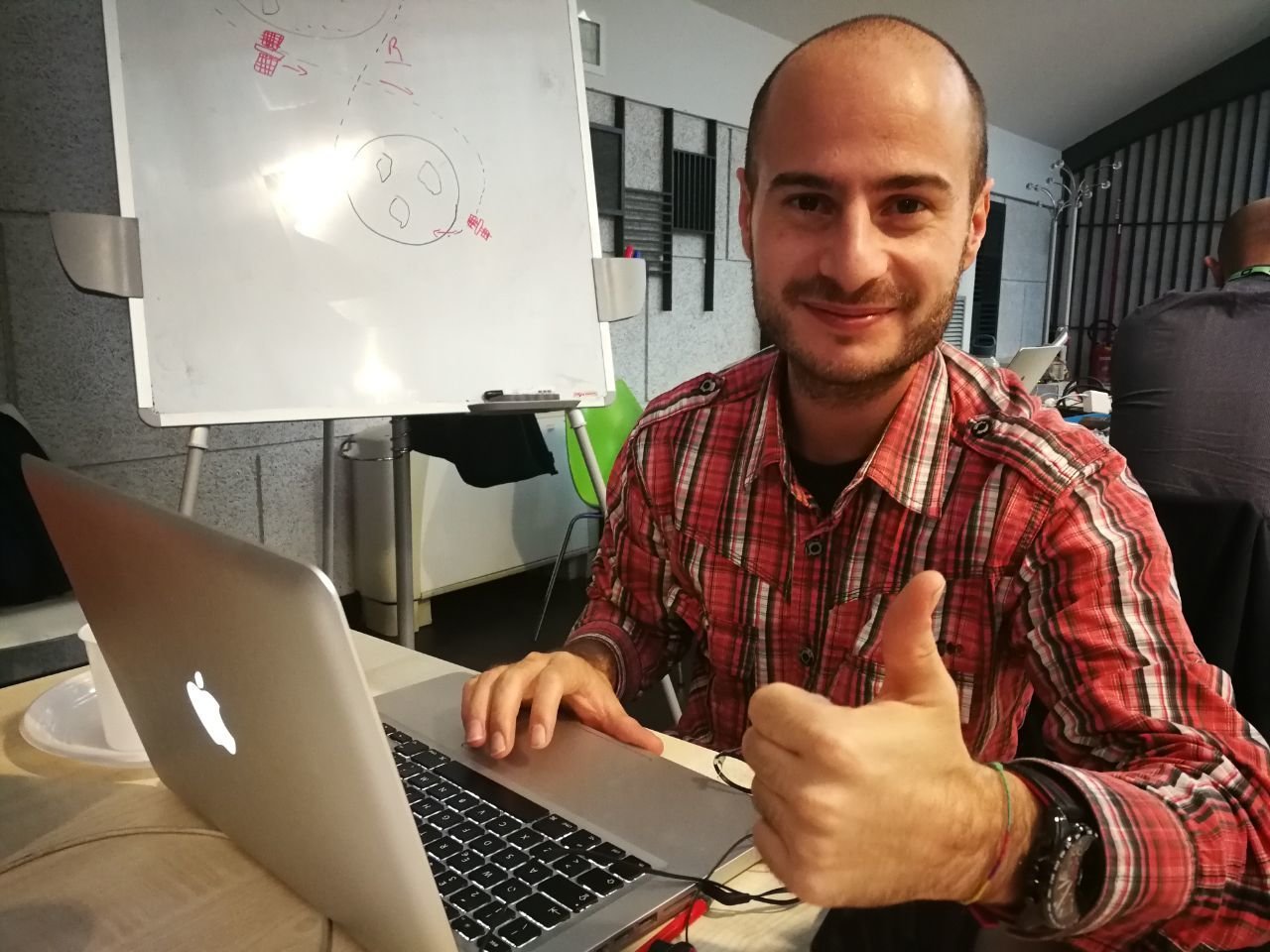Moebius Sail

We deliver in space
NASA International Space Apps Challenge
I3P - Torino, 2019-10-20
The concept
- Why? (Rare Earth Elements are scarce on the earth and therefore very expensive)
- What? Source Rare Earth Elements on the moon and carry to earth
- How?
The proposal
- Lunar Hub
- Spacecraft on a free rentry orbit
- Atmospheric rentry pod
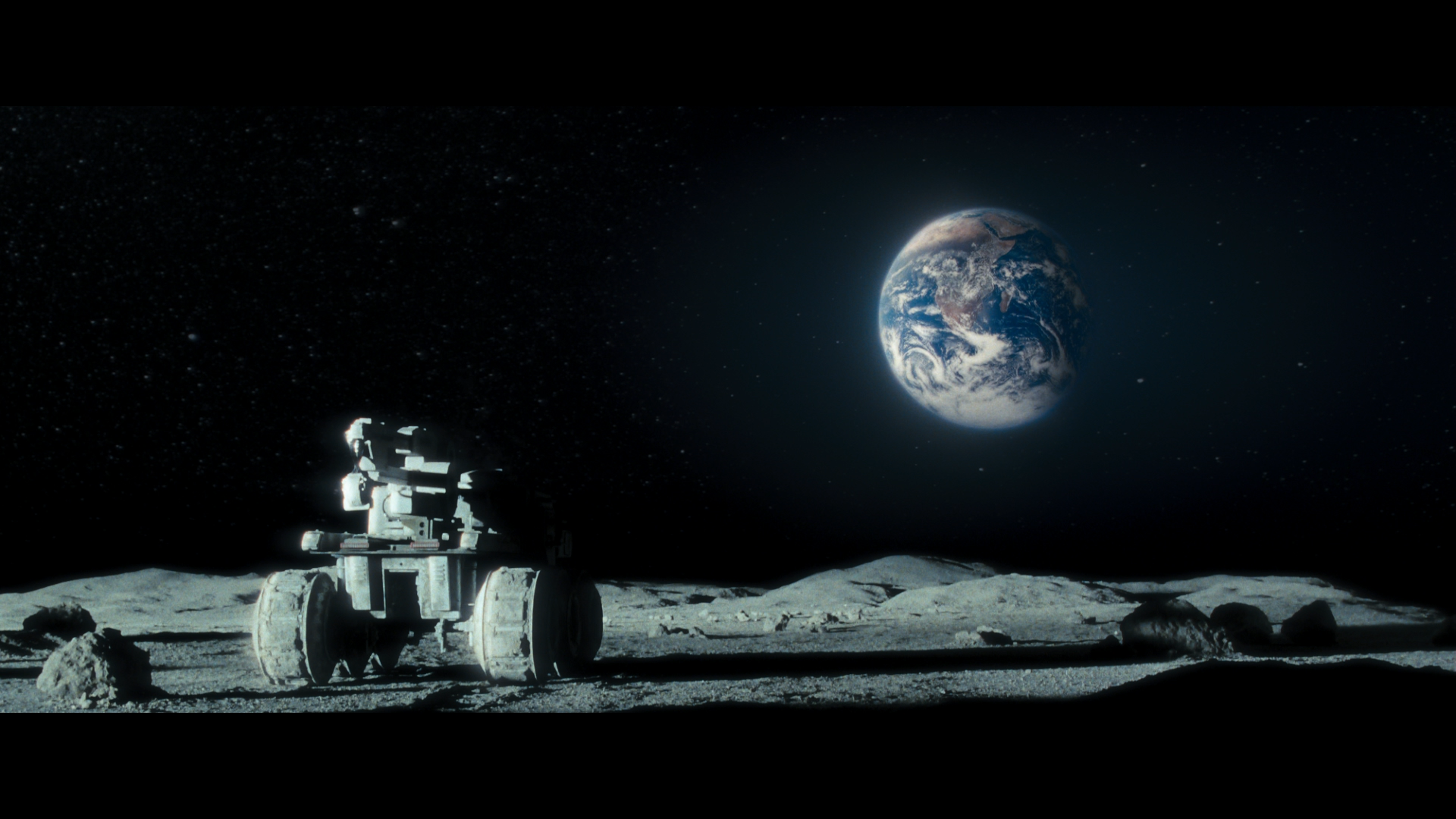
Rare Earth Elements
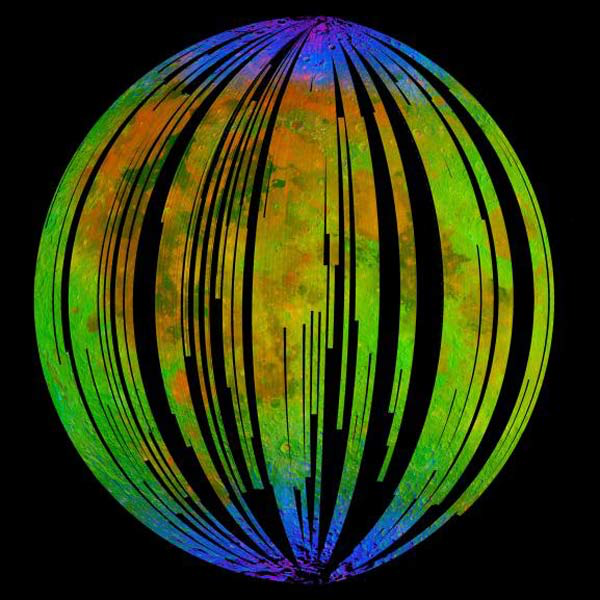
This image of the moon is from NASA's Moon Mineralogy Mapper on the Indian Space Research Organization's Chandrayaan-1 mission.
It is a three-color composite of reflected near-infrared radiation from the sun, and illustrates the extent to which different materials are mapped across the side of the moon that faces Earth.
Red shows an iron-bearing mineral called pyroxene, detected by absorption of 2.0-micrometer infrared light, REE.
MISSION
- Lunar free return trajectory
PROBLEMS
- Effects of solar radiation
- Jupiter influence
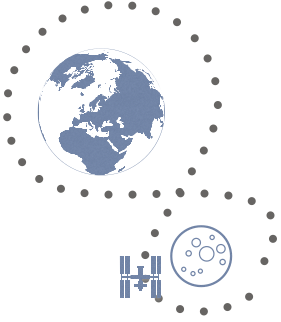
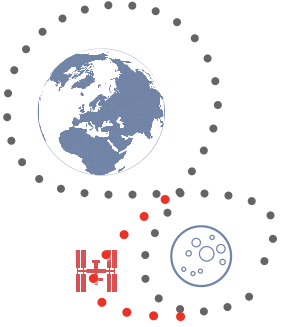

SOLUTION
- Solar sails
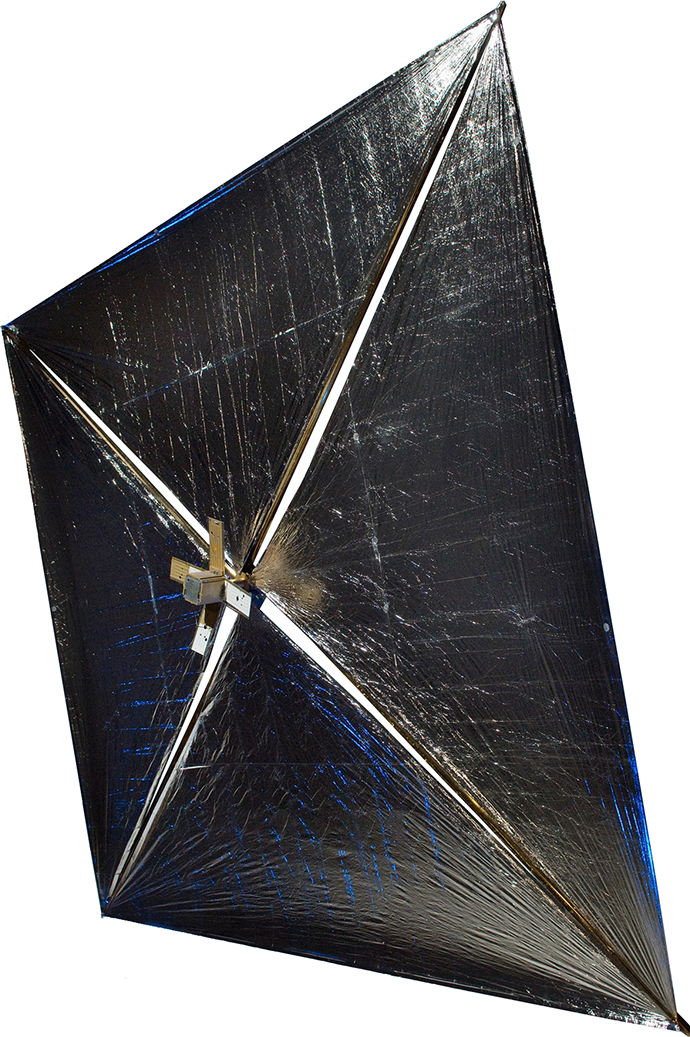
How?
The spacecraft
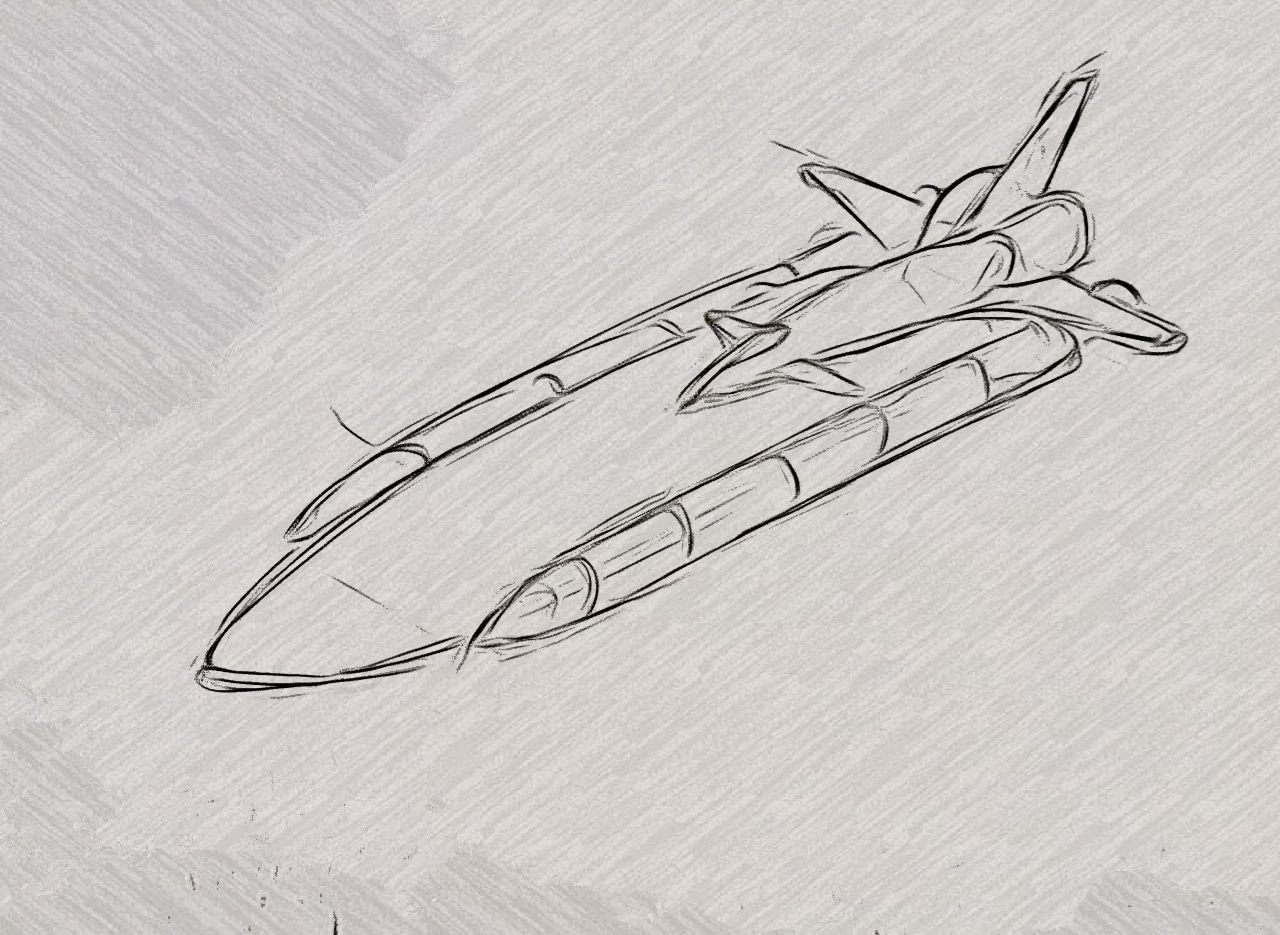
Initial phase
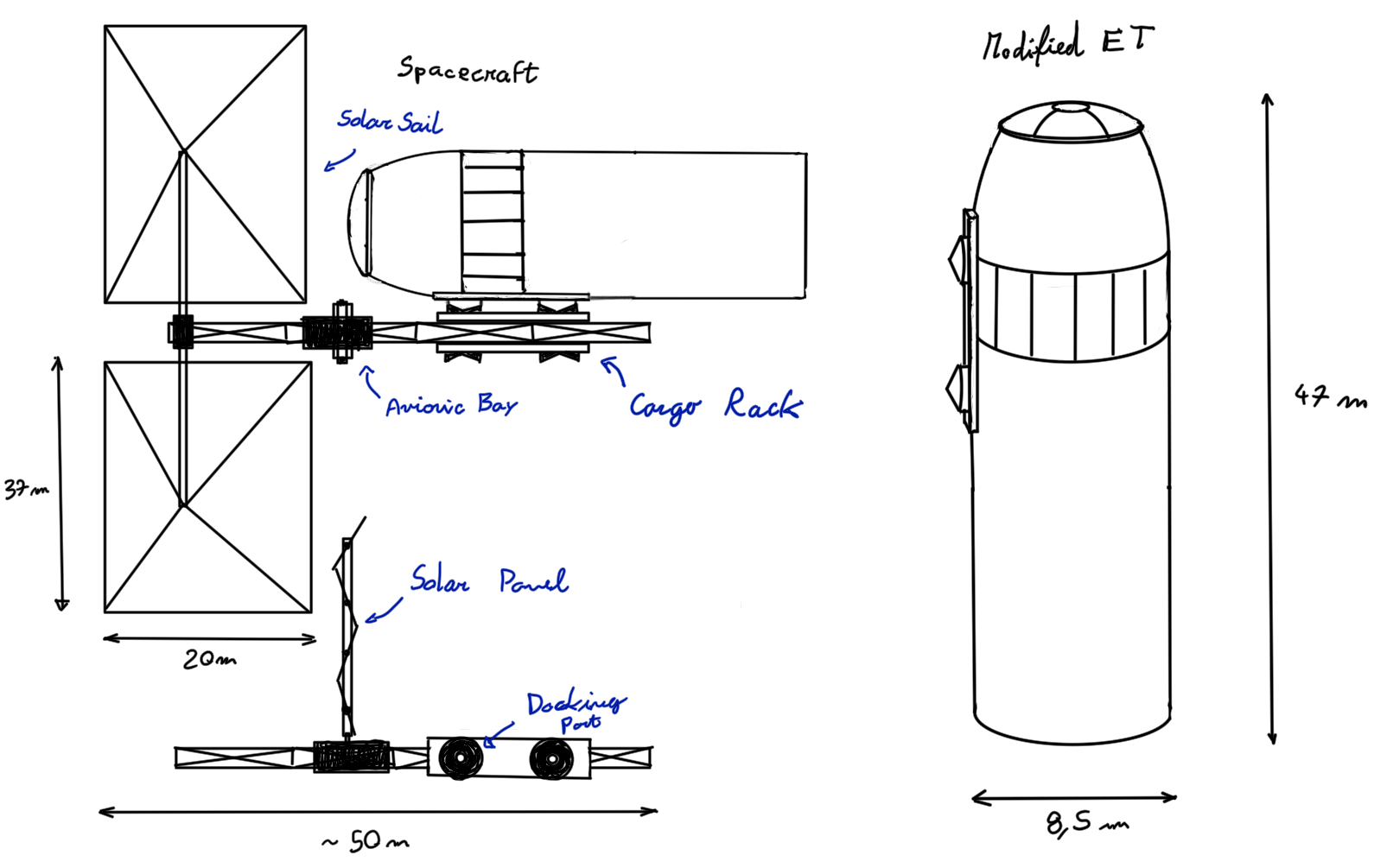
- On orbit assembly of the spacecraft;
- Free rentry orbit insertion;
- Freight of the resource to the moon;
- Building of the facility on the moon.
Main phase
- Estraction and in situ resource preprocessing;
- Pods printing with regolith used for protect the ore during Earth rentry;
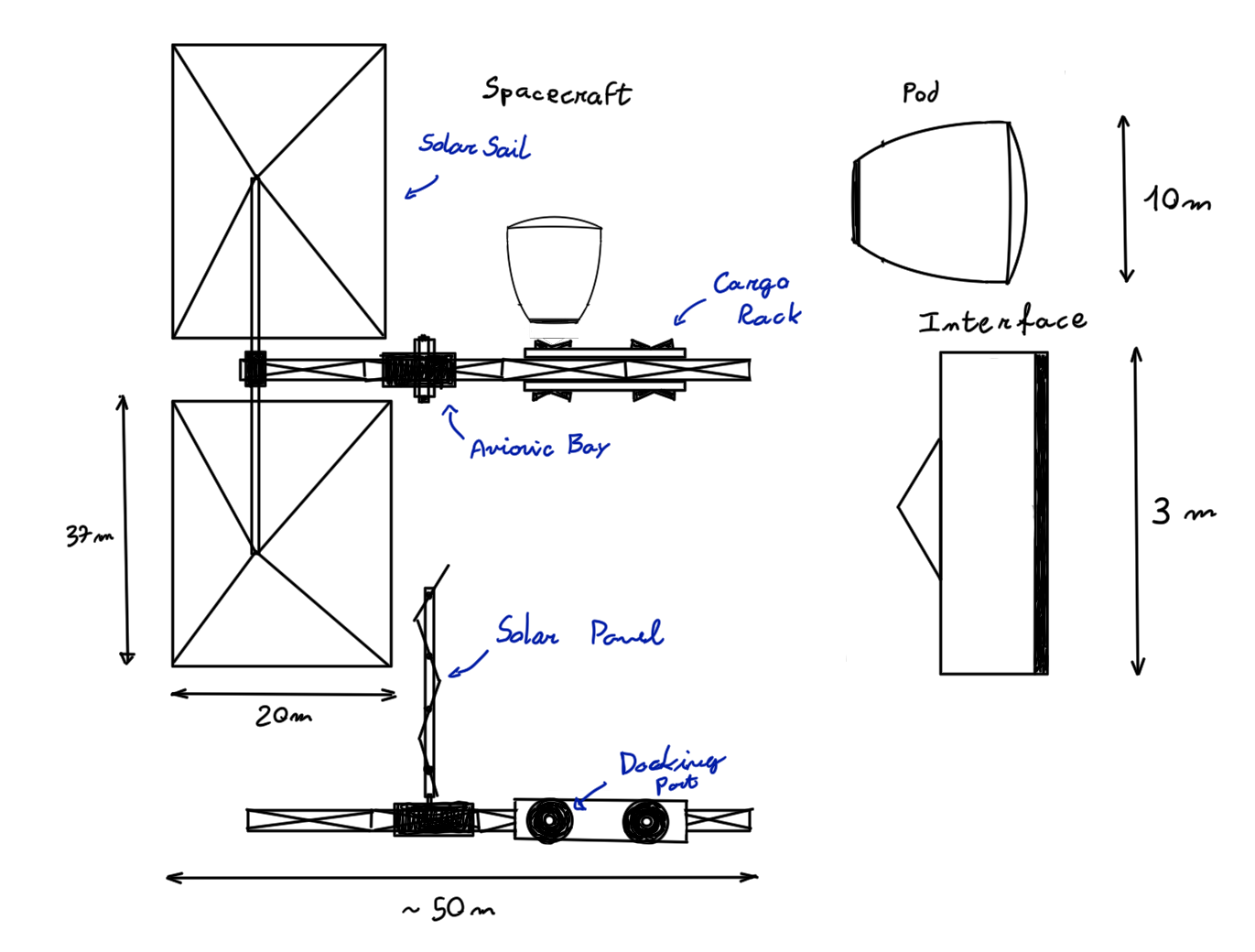
Future Proposals
-
Near Earth Object survey
NEO survey equipment integrate in the avionic bay of the spacecraft or some cubesat 6U equipted with Ion EP or FEEP for orbit maintenance.
-
LEO stockpile
Unvaluable ore, like Alluminium, Iron and Titanium can be harvested from the Moon surface and stockpiled in LEO for future orbital activities.
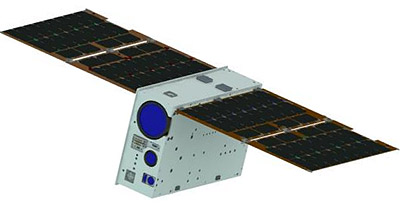

The Moebius-Sail team
- Riccardo Salgarella
- Gianpaolo Macario
- Gianfranco Poncini
- Carlo Di Costanza
- Demetrio Scuncia
- Nicolo' Lombardo
